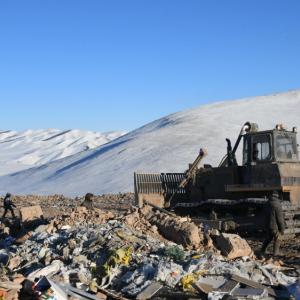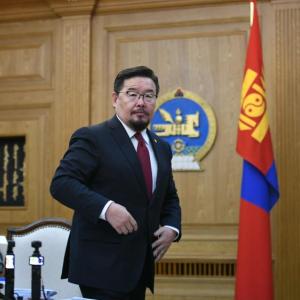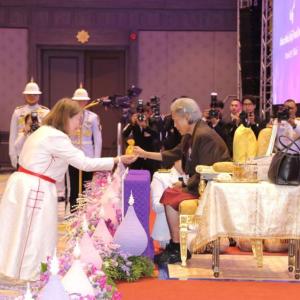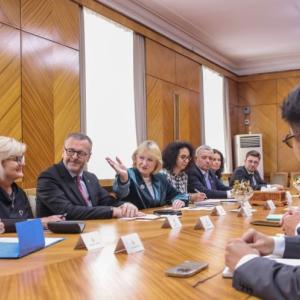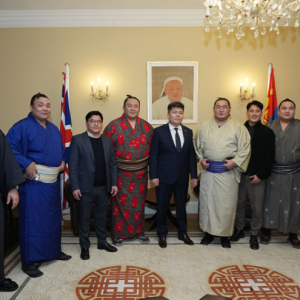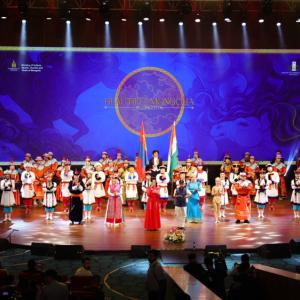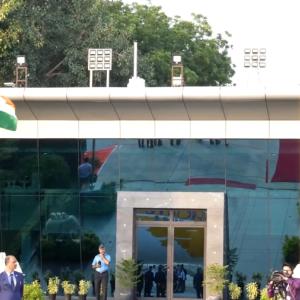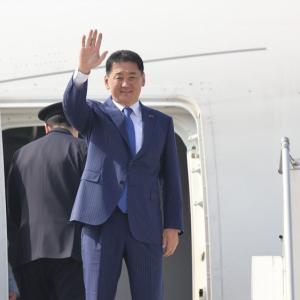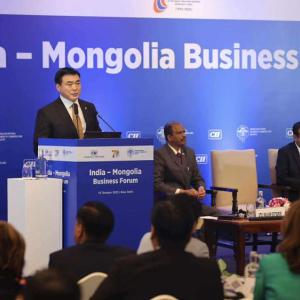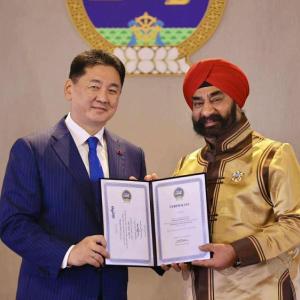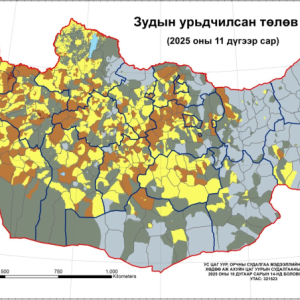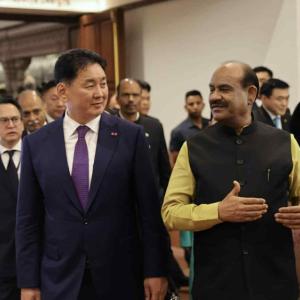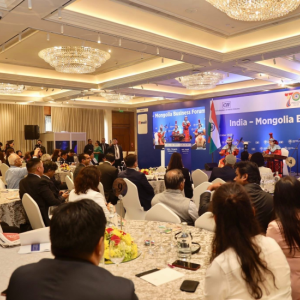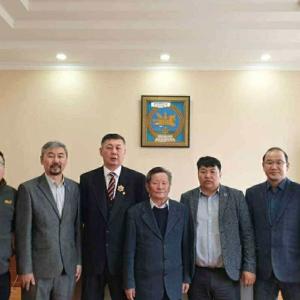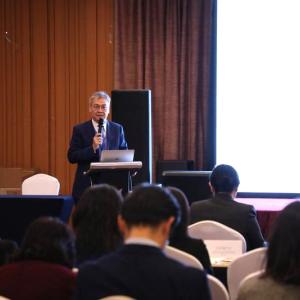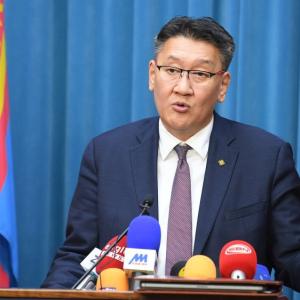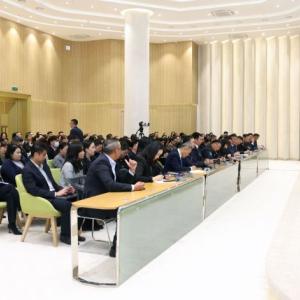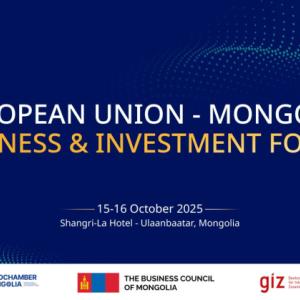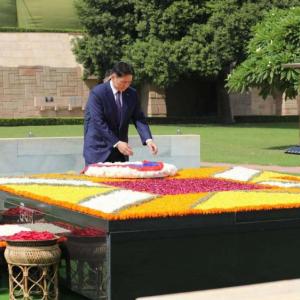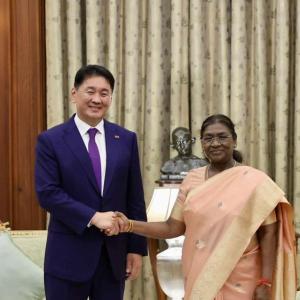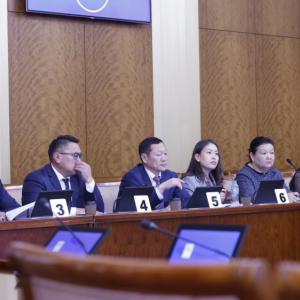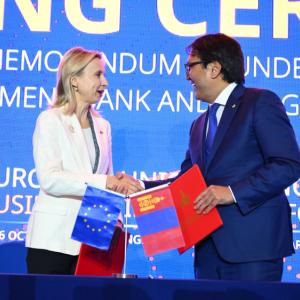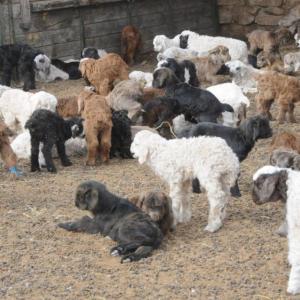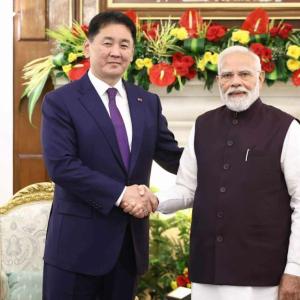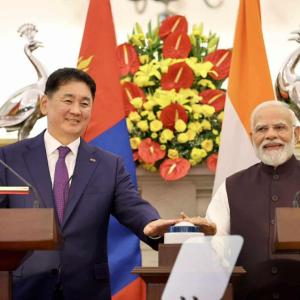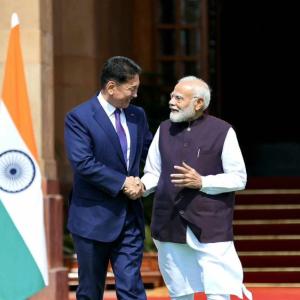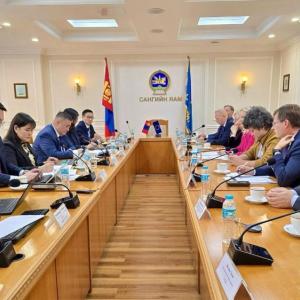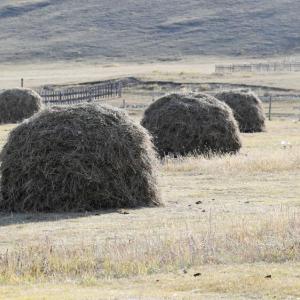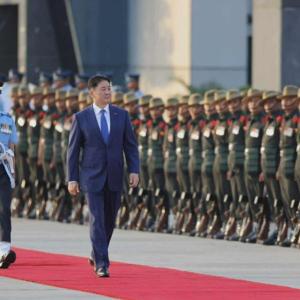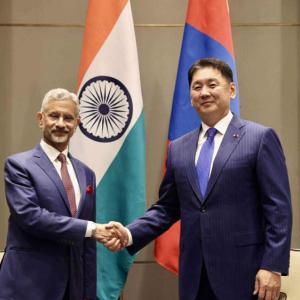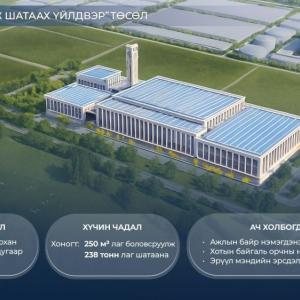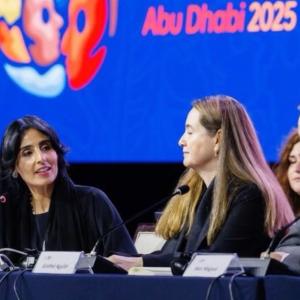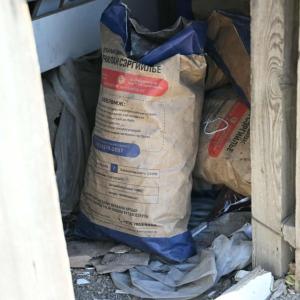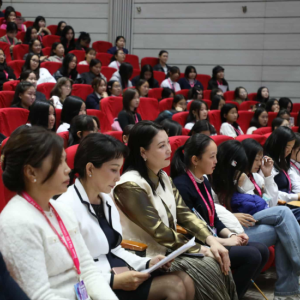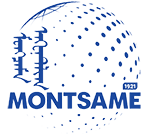World Bank: Mongolia's Central Economic Corridor remains underutilized
Economy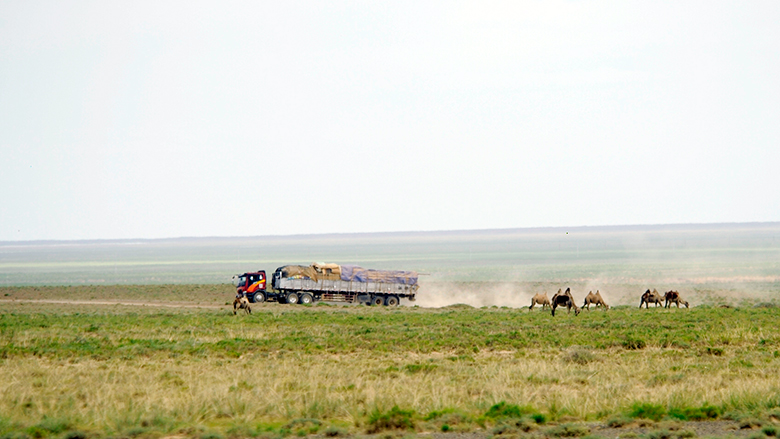
Ulaanbaatar/MONTSAME/. Mongolia’s
Central Economic Corridor (CEC), the key transportation network connecting
China and Russia through Ulaanbaatar, offers promising opportunities to bring
Mongolian agricultural products to world markets and to diversify the country’s
exports away from mining resources. Still, according to a new World Bank
report, the CEC remains underutilized and underdeveloped.
The report ‘Mongolia
Central Economic Corridor Assessment: A Value Chain Analysis of Wool-Cashmere,
Meat and Leather Industries’ aims to analyze the
performance gap of the CEC through an examination of three key agricultural
sectors. The report diagnoses the challenges these industries face, identifies
opportunities for them to grow leveraging CEC’s potential, and shares policy
recommendations to seize these opportunities.
“Leveraging the potential of the
Central Economic Corridor is vital to enhancing Mongolia’s trade
competitiveness and diversifying its exports,” said Martin Raiser, World Bank Country Director
for China, Korea and Mongolia. “We hope that this report will offer insights to Mongolia’s authorities
on how to enhance the efficiency of the CEC and strengthen agricultural
supply-chains.”
Over the past decade, exports tilted in favor of mining and
commodities in Mongolia. Meanwhile, despite their comparative advantage, the
share of Mongolia’s agribusiness products in the world market remained small.
The report’s analysis shows that the country’s comparative advantage has been
significantly diluted by weaknesses associated with its economic corridors,
particularly the CEC.
“The CEC is underutilized and
underdeveloped, increasing transport costs and restricting the range and volume
of products that can profitably access export markets,” said Marcin Piatkowski, World Bank Senior
Economist and lead co-author of the report. “The day the CEC can carry more exports, its economic benefits will
grow and with them the quality of the exports themselves, thus breaking a
vicious circle that currently thwarts Mongolia’s development.”
To tackle the pressing challenges, the report identifies a
set of general policy reforms that could improve the functioning of the CEC. Short
term recommendations include the need to streamline and coordinate the
procedures of all border agencies, promote trade negotiations to ease access to
foreign markets, set up new agricultural clusters around Ulaanbaatar and
implement existing agreements with Russia and China on trade, custom inspection
and food security. Medium-term policy solutions focus on the need to increase
rail capacity along the CEC, ensure full compliance with international
standards, and fully implement the Trade Facilitation Agreement of the World
Trade Organization.
For the selected three industries, wool/cashmere, meat and
leather, the report’s main short-term policy recommendations include:
·
Improve the collection,
consolidation and preliminary processing of inputs.
·
Increase the exchange of information
between producers and their suppliers.
·
Increase the producers’ involvement
in logistics and quality control activities in their supply chains.
Medium-term recommendations emphasize the need to:
·
Facilitate the creation of
cooperatives among herders.
·
Ensure mutual recognition of
veterinary inspections at the border by neighboring countries.
·
Encourage industry players to
propose production standards with respect to environmental pollution and waste elimination.
This report will help inform the ongoing and the future
cooperation of the World Bank with Mongolia, including a USD 20 million Mongolia Export
Development Project.
Source: World Bank
 Ulaanbaatar
Ulaanbaatar








